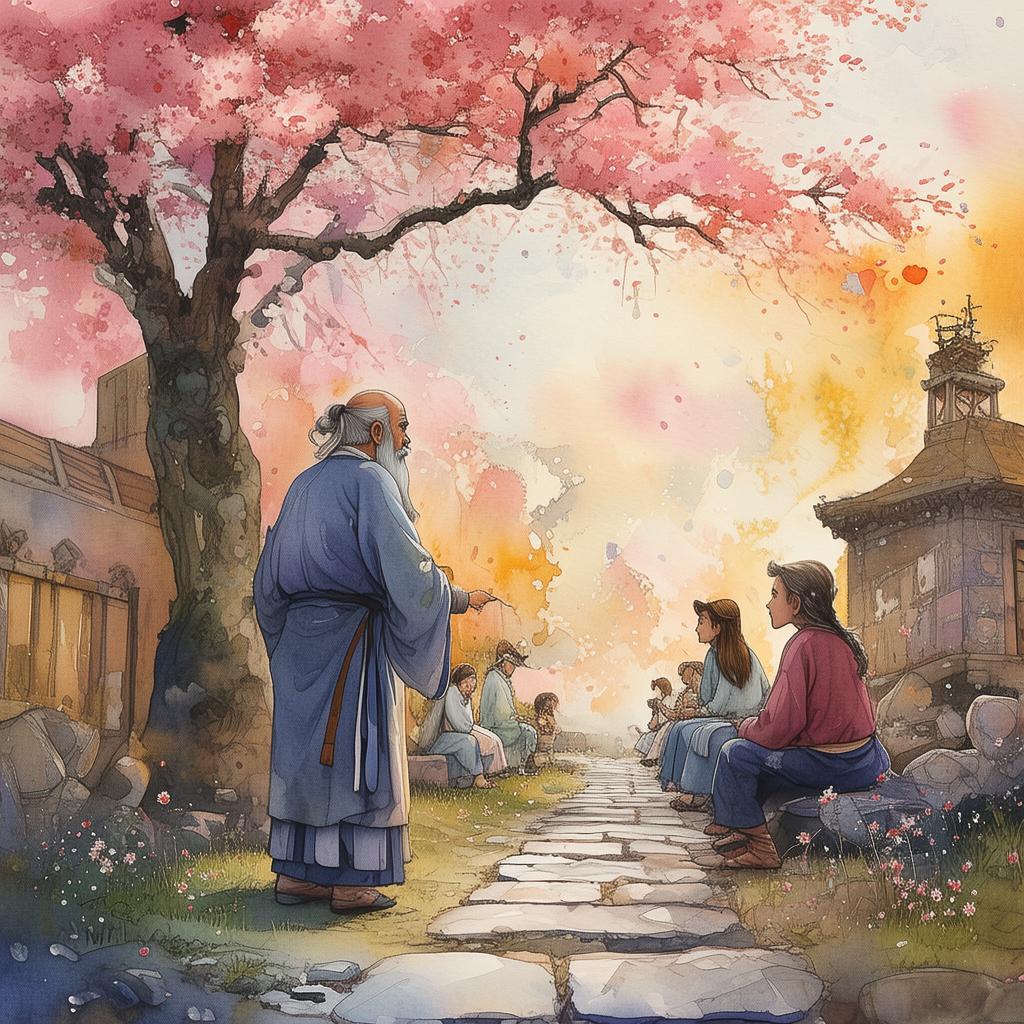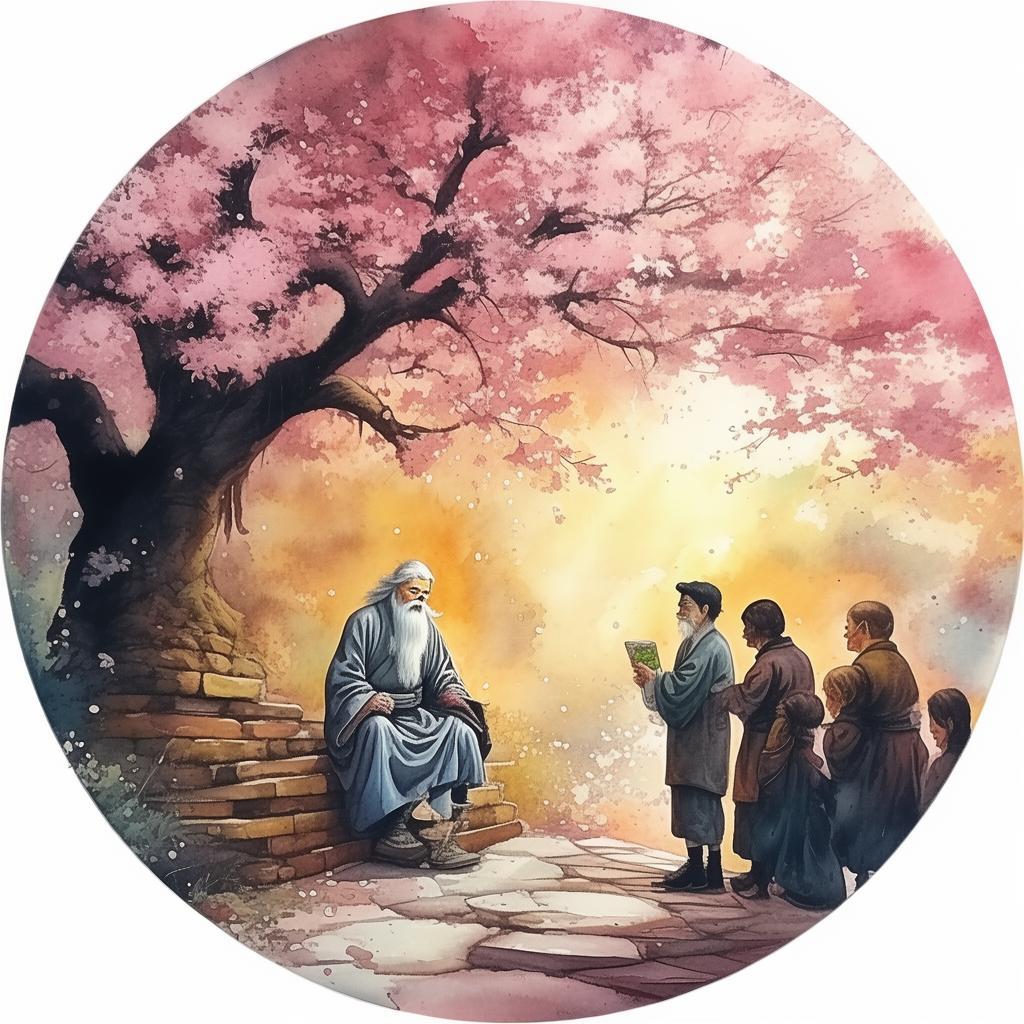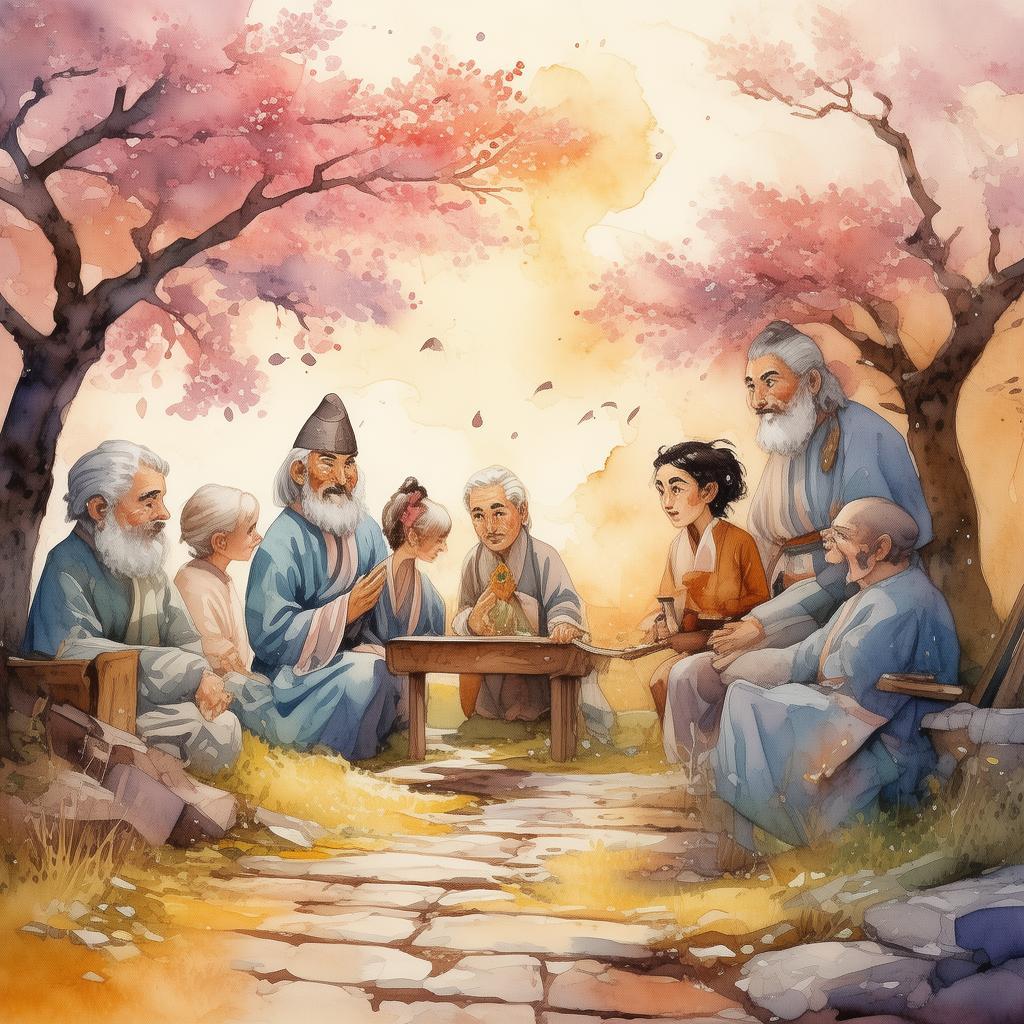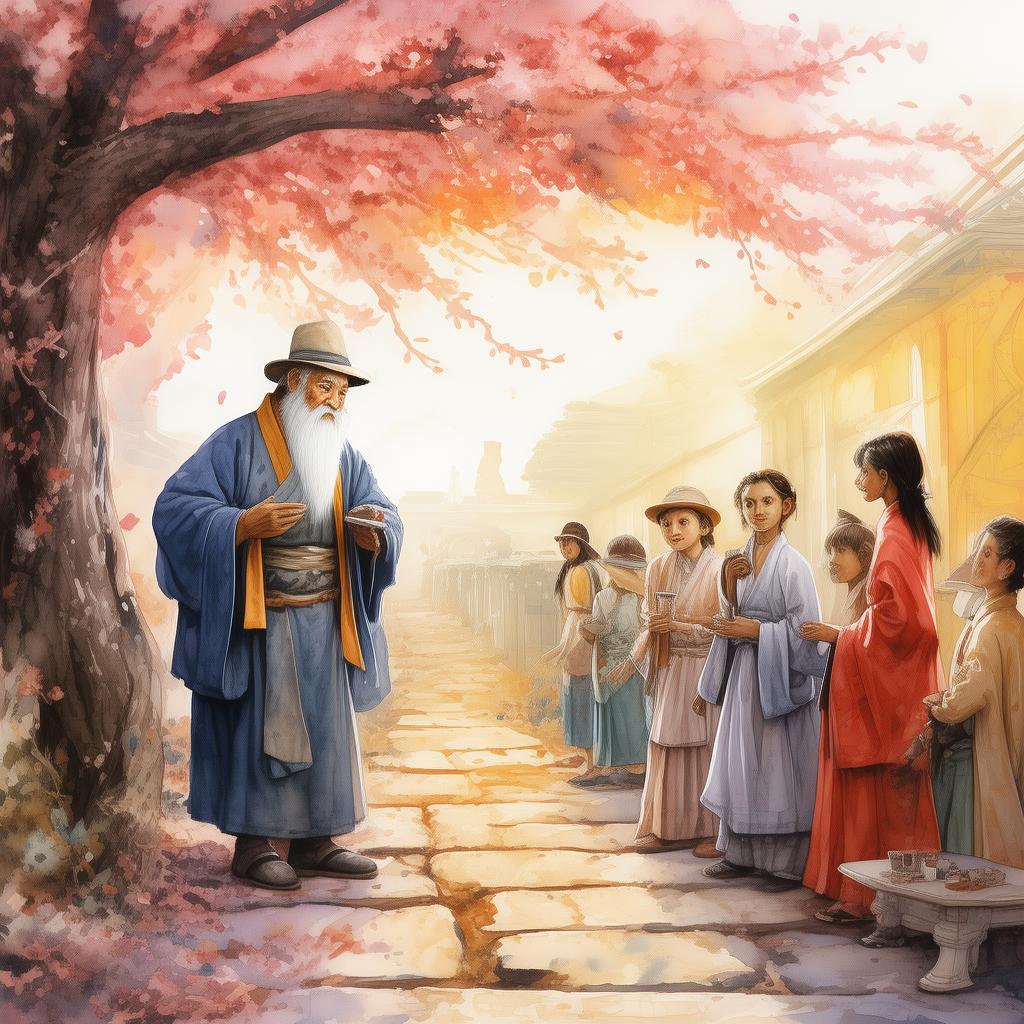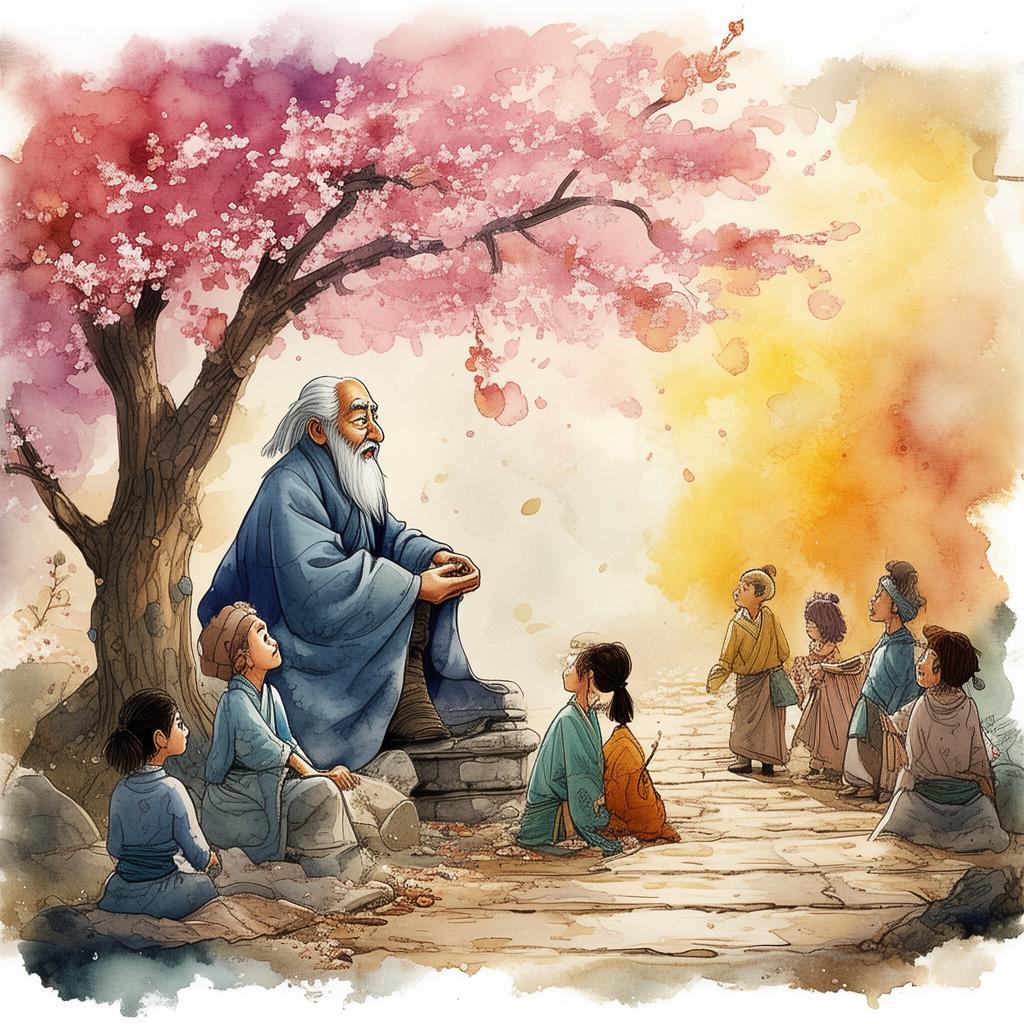The Last Clay Pot: A Tale of Timelessness
In the heart of an ancient village nestled between rolling hills and whispering rivers, there lived a young artisan named Jin. Jin was known for his delicate hands and an eye for beauty, crafting pots that seemed to breathe life into the clay. His most prized possession was an old, weathered clay pot that had been passed down through generations of his family. It was said to be imbued with the wisdom of the ages, but its secrets remained untold.
One crisp autumn morning, Jin sat by the river, his fingers tracing the intricate patterns on the pot's surface. The pot was a symbol of timelessness, a vessel that had witnessed the passage of centuries. As he gazed at it, an old saying from The Clay Chronicles A Journey through the Idioms of Time popped into his mind: "The pot holds the water, yet remains unsoiled." Intrigued, Jin decided to delve deeper into the pot's history.
He began by speaking to the oldest resident of the village, an elderly woman named Li who was known for her wisdom. "Li, the pot has been with my family for generations. What secrets does it hold?" Jin asked, his eyes reflecting a deep curiosity.
Li smiled, her eyes twinkling with the warmth of many years. "The pot is a symbol of patience and resilience. It endures the trials of time without losing its shape or purpose. Its secrets are not in its form, but in the wisdom it holds."
Jin's curiosity grew, and he began to research the idioms and proverbs in The Clay Chronicles, hoping to uncover the pot's secrets. He learned about the idiom "The pot holds the water, yet remains unsoiled," which he realized was a metaphor for purity and inner strength.
As he continued his quest, Jin discovered that each idiom in the book was a clue to the pot's past. The pot had once belonged to a great sage who had used it to teach the villagers the value of time and the importance of preserving their culture. Jin realized that the pot was a living piece of history, a vessel of ancient wisdom.

One evening, as Jin sat by the river, he felt a strange pull towards the pot. He reached out to touch it, and suddenly, he was transported back in time. He found himself in the presence of the sage, who was explaining the significance of time to a group of villagers.
Jin listened intently as the sage spoke about the idiom "Time waits for no man," and the importance of making the most of every moment. The sage emphasized that time was a precious commodity, and it was up to the individual to decide how to use it wisely.
As Jin returned to his own time, he felt a profound sense of clarity. He realized that the pot was a reminder to live in the present and to cherish every moment. He decided to share the sage's wisdom with the villagers, using the pot as a symbol of the timeless lessons they had learned.
Word spread quickly, and soon, the villagers began to embrace the pot's teachings. They started to value their traditions and to cherish the time they spent with their families. The village became a beacon of harmony and wisdom, and the pot remained a cherished relic, a testament to the power of timelessness.
Years passed, and Jin grew older, but his spirit remained young. He continued to craft pots, each one a reflection of the wisdom he had learned from the pot. And so, the story of the last clay pot became a legend, a tale of timelessness that would be passed down through generations, a reminder that even the most ancient of teachings could be reborn in the present.
✨ Original Statement ✨
All articles published on this website (including but not limited to text, images, videos, and other content) are original or authorized for reposting and are protected by relevant laws. Without the explicit written permission of this website, no individual or organization may copy, modify, repost, or use the content for commercial purposes.
If you need to quote or cooperate, please contact this site for authorization. We reserve the right to pursue legal responsibility for any unauthorized use.
Hereby declared.

